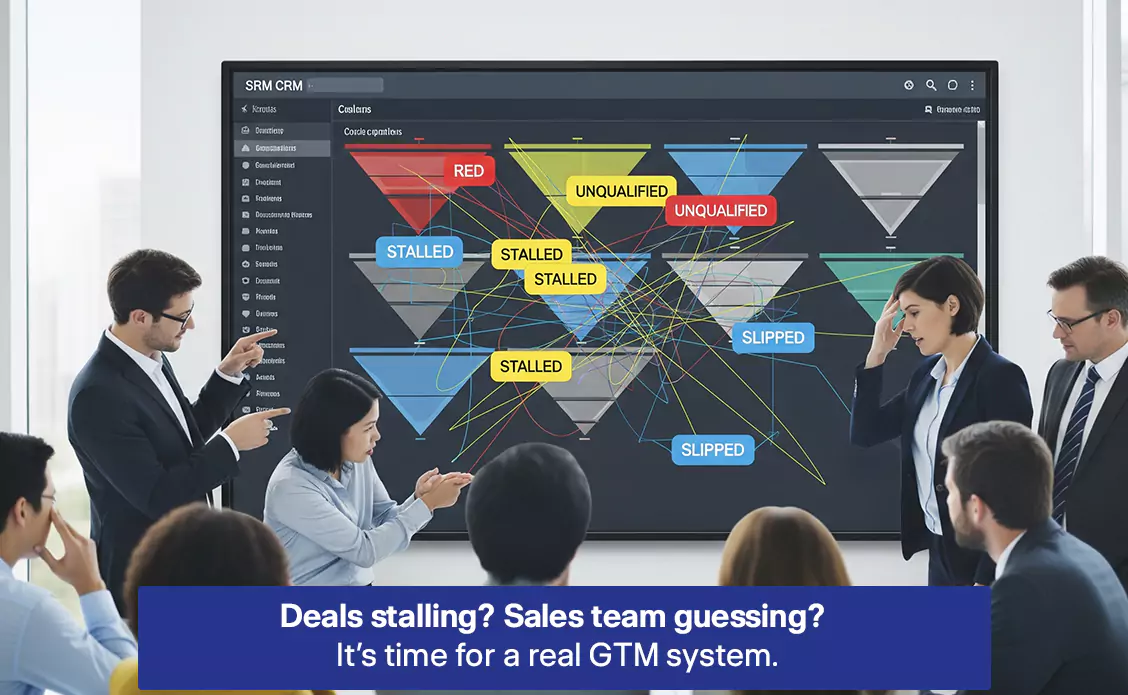Headline teaser: When margins tighten, not all cuts are created equal. The wrong ones erode long-term value; the right ones protect your enterprise value to revenue multiple. Here’s where CEOs should focus.
Margins Under the Microscope: The Enterprise Value Impact
For CEOs in high-capital sectors like MedTech, margin compression can quickly trigger a valuation crisis. Bain & Company’s analysis shows that a 1% improvement in operating margin can increase enterprise value by 6–8% depending on sector and market conditions.
The reverse is equally damaging — every lost margin point can reduce the valuation multiple investors are willing to pay.
In a climate of capital tightening and rising cost-to-serve, boards expect decisive cost discipline. But indiscriminate cost-cutting risks undermining the very levers that drive long-term enterprise value growth.
The Common CEO Misstep in Margin-Crunch Environments
Under pressure, leadership teams often slash visible, high-cost areas like R&D budgets, sales headcount, or customer-facing programs. While these cuts provide short-term earnings relief, they:
- Slow innovation pipelines
- Weaken competitive positioning
- Reduce revenue predictability
All of which investors factor into a lower enterprise value to sales ratio.
Instead, CEOs protecting enterprise value adopt a precision approach — removing costs from non-critical areas that don’t directly drive strategic growth or competitive advantage.
Three CEO-Proven Cuts That Protect Enterprise Value
1. Low-Yield GTM Spend
Not all go-to-market investments produce equal returns.
- Audit marketing and sales channels for CAC payback periods.
- Cut or pause channels that consistently miss ROI thresholds.
- Reallocate to high-conversion channels or profitable geographies.
Example: A MedTech CEO reduced conference spend by 40% and reinvested in targeted KOL outreach, generating a 15% lift in qualified pipeline while lowering acquisition cost.
2. Process Inefficiencies
Operational drag silently erodes margin — often hidden without deliberate review.
- Map workflows across commercial and operational teams.
- Identify manual, duplicative, or approval-heavy processes.
- Apply targeted automation or streamlined governance.
Example: A diagnostics company redesigned its trial data-handling process, cutting admin time by 25% and accelerating trial execution without increasing headcount.
3. Non-Core Assets
Capital tied up in low-multiple business lines or assets is capital not driving valuation impact.
- Review each unit’s EBITDA and enterprise value contribution.
- Divest or spin off low-multiple units draining leadership bandwidth.
- Redirect proceeds into higher-multiple growth segments.
Example: A medical device manufacturer exited a commoditized line with flat margins, reinvesting into an IP-rich segment — boosting blended margins by 180 bps.
The Boardroom Perspective on Strategic Cost Discipline
Boards and investors value cuts that are strategic, not reactive. Cost discipline is rewarded when it:
- Strengthens the company’s enterprise value enhancement story
- Protects core revenue drivers
- Delivers faster payback on reinvested capital
In short — cuts that protect the multiple.
The Enterprise Value Lens for Every Decision
Every proposed cut should pass one test:
Does this improve our enterprise value multiple over the next 12–24 months?
If the answer is no — or if it undermines future growth drivers — it’s a false economy.
The CEOs who maintain or grow enterprise value during margin compression view cost discipline as an ongoing capital reallocation toward the highest-value opportunities, not as a one-off survival tactic.
Looking beyond cost discipline, see how global tax planning can strengthen enterprise value and how Q3 market signals are reshaping CEO priorities for enterprise value growth.





